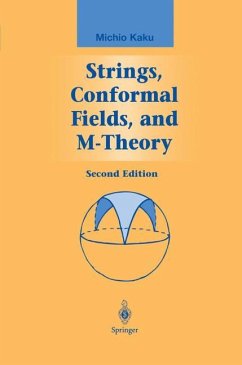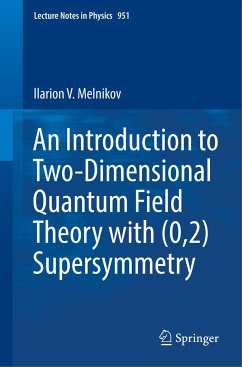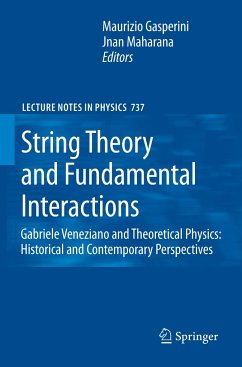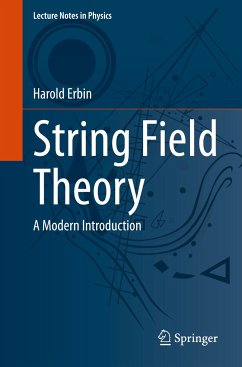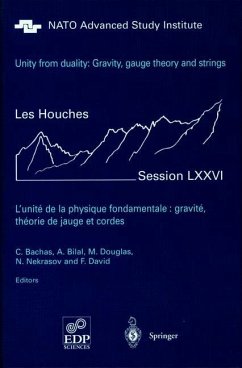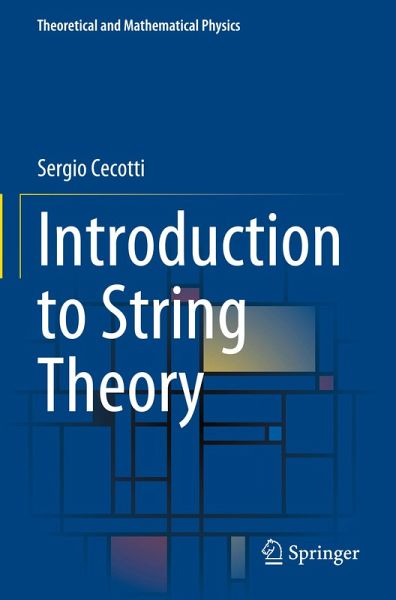
Introduction to String Theory
Versandkostenfrei!
Versandfertig in 6-10 Tagen
77,99 €
inkl. MwSt.
Weitere Ausgaben:

PAYBACK Punkte
39 °P sammeln!
Graduate students typically enter into courses on string theory having little to no familiarity with the mathematical background so crucial to the discipline. As such, this book, based on lecture notes, edited and expanded, from the graduate course taught by the author at SISSA and BIMSA, places particular emphasis on said mathematical background. The target audience for the book includes students of both theoretical physics and mathematics. This explains the book's "strange" style: on the one hand, it is highly didactic and explicit, with a host of examples for the physicists, but, in additio...
Graduate students typically enter into courses on string theory having little to no familiarity with the mathematical background so crucial to the discipline. As such, this book, based on lecture notes, edited and expanded, from the graduate course taught by the author at SISSA and BIMSA, places particular emphasis on said mathematical background. The target audience for the book includes students of both theoretical physics and mathematics. This explains the book's "strange" style: on the one hand, it is highly didactic and explicit, with a host of examples for the physicists, but, in addition, there are also almost 100 separate technical boxes, appendices, and starred sections, in which matters discussed in the main text are put into a broader mathematical perspective, while deeper and more rigorous points of view (particularly those from the modern era) are presented. The boxes also serve to further shore up the reader's understanding of the underlying math. In writing this book,the author's goal was not to achieve any sort of definitive conciseness, opting instead for clarity and "completeness". To this end, several arguments are presented more than once from different viewpoints and in varying contexts.




